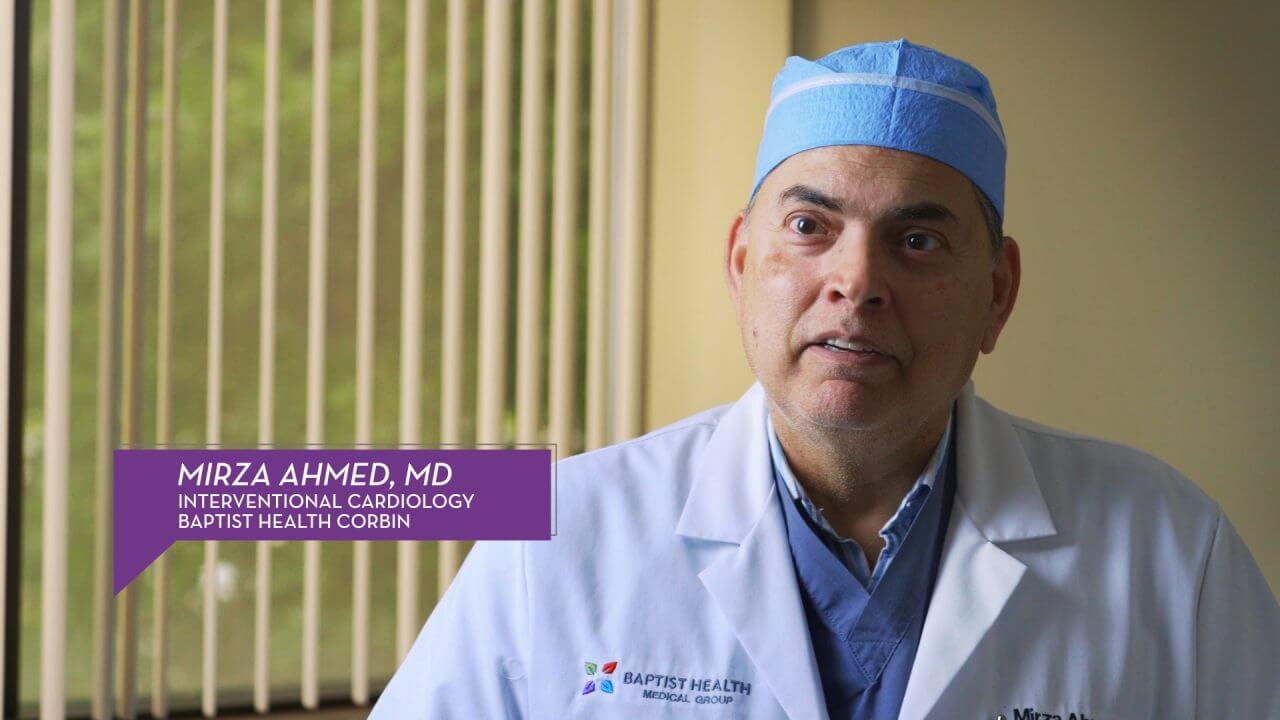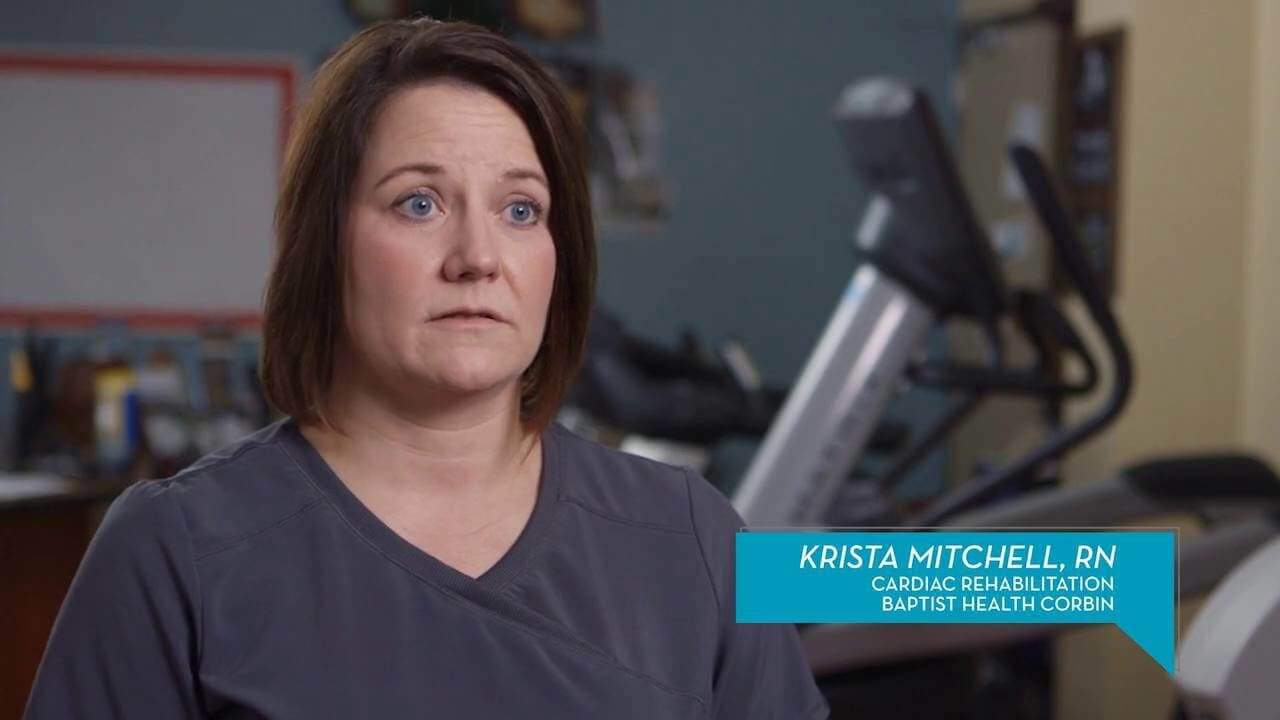Treatment to Reduce Damage During a Heart Attack
Baptist Health Corbin: Treatment to Reduce Damage During a Heart Attack
Cardiologist Juan Weksler, MD, explains why it’s important to seek treatment fast during a heart attack and the steps doctors can take to prevent further damage.
Treatment to Reduce Damage During a Heart Attack Health Talks Transcript
Juan Weksler, MD, Interventional Cardiology
At Baptist Health Corbin, as part of interventional cardiology, we are here 24/7 to respond to [those in] the community who may be having heart attacks. The sooner the patient can get to the hospital, the sooner that we can identify what’s going on. Then, we can help correct it and preserve as much heart tissue as possible. Typically, within half an hour of patients developing chest discomfort, permanent damage will begin to ensue. The longer that goes on without correcting it, the more permanent it becomes because time is muscle.
As soon as they come in, we do an EKG. If that EKG or electrocardiogram shows that they’re having a heart attack, then we rush them down to the Cardiac Catheterization lab. What we’ll do is take a catheter, which is a very thin, fluid-filled tube, up from either the wrist or the upper leg area and inject dye. We can record that dye as it courses through the heart arteries with X-ray movies. Once that’s identified, then we can go in with a special catheter balloon wire and eventually a stent, to open up the artery and restore flow.
For me, it’s very rewarding to be able to help so many people in this way. If people come in very fast after their symptoms start, we can actually completely stop the heart attack, and almost no damage occurs.



